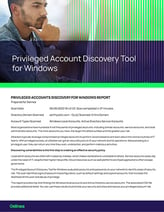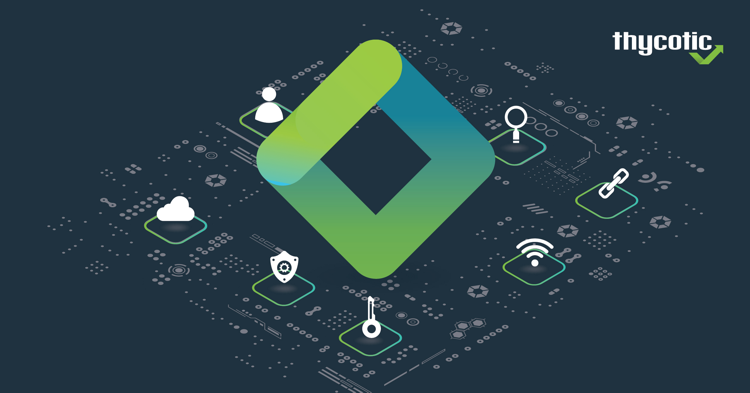Thousands of services run on a typical corporate network. They include multiple services which are core to network security, network services, and IT automation, such as Windows services, scheduled tasks, batch jobs, application pools within IIS, and more. To connect automatically across a network to databases, file systems, and network services, these services rely on privileged service accounts.
“This is an area where much risk is concentrated; yet clients often struggle to manage and rotate credentials for nonhuman users,” Gartner warns in the MQ for PAM 2018.
Forrester also points out the issue in the Wave for PIM: “These privileged credentials are usually not inventoried, changed, or controlled, meaning that hackers can use them to gain easy access to business-critical applications.”
Forgotten service accounts are never rotated, audited, or decommissioned. The risk of a data breach increases exponentially
Who is responsible for service accounts?
The person responsible for the service is likely not the one responsible for the service account. Unlike many types of privileged accounts, service accounts aren’t tied to a unique human identity, which means there may not be a named person who is held accountable for their management. Service accounts run in the background and can go unnoticed for long periods.



